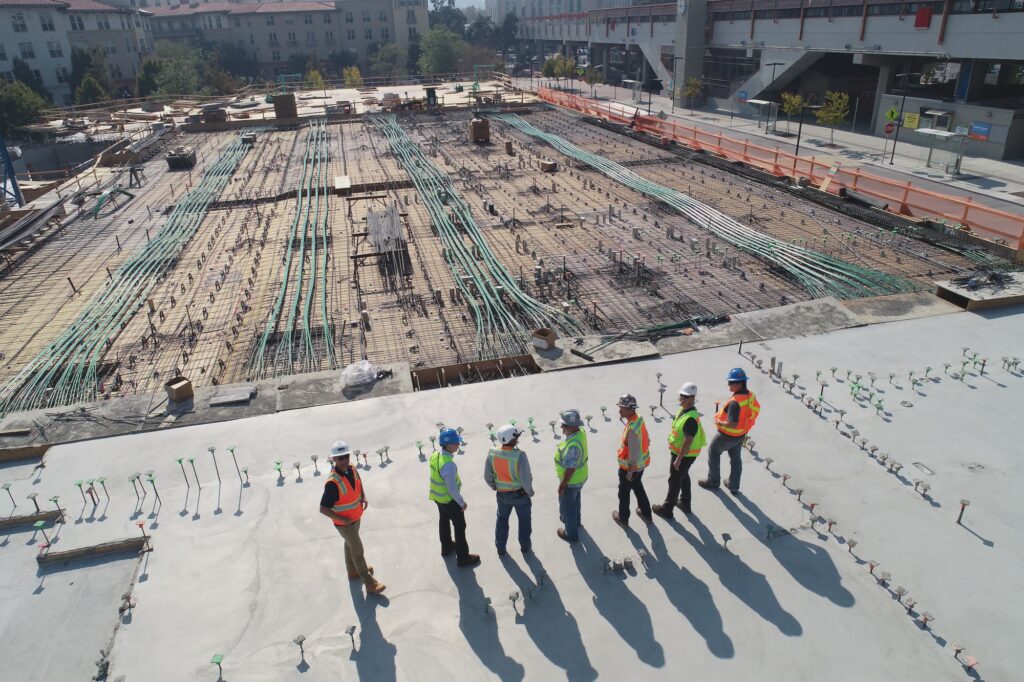Republished with permission of Manufacturers Alliance Foundation. The full report, Manufacturing Intelligence: Exploring the Spectrum of AI Use Cases may be found here.
Safety plays a role in every function, but it is particularly critical in the production and maintenance domain. AI-based visual systems are already on the market that address everything from personal protective equipment compliance to employee fatigue. Stroma, for instance, provides edge cameras and industrial edge mini-computers for advanced vision-sensing capabilities to ensure operational staff are wearing the appropriate PPE. Stroma’s customers in the energy sector, for example, monitor the use of face shields, gloves, and footwear in real time. “We are tracking safety procedures to ensure they are properly followed in the field. In addition, our system can warn field operators in real time and send those same warning messages to managers,” Anil Uzengi, Co-Founder and CEO of Stroma, explained. Stroma’s systems can also check for employee fatigue and distraction. Uzengi shared an example from a customer in the consumer packaged goods sector: “You can see the worker’s attention level is 82%. If it drops below 70%, the system issues a voice alarm to the worker in real time with a customized warning like ‘Go grab a coffee!’ The worker can respond via the same device to confirm the message was understood. Warnings are captured on a dashboard to measure event trends over time.”
One Environmental, Health and Safety (EHS) Director talked about the value of AI-powered remote safety inspections in locations where an EHS manager is not physically present on site. “We run extremely lean as a company and we’re a smaller manufacturer in terms of operations, so we just don’t have the resources to have EHS at every single plant. AI can help us supplement that, for example by identifying a hazard in an aisle, a blocked fire extinguisher, or inappropriate PPE. I think it’s fantastic.” They also talked about using AI for safety trend analysis. “With AI you can discern from the data if you have a location issue, a people management issue, or a supervisor who is not performing.”
Mitigating potentially catastrophic safety events is a priority for every manufacturing company. At The Heico Companies, Vice President of Environment, Health and Safety Dave Roberts is focused on safety incident analytics with respect to potentially severe incident or fatality or PSIFs, a commonly used measurement in the EHS space. “We’re trying to prevent catastrophic events from happening, and we’re using AI to help us identify the critical precursors that lead to those major events. The whole idea of tracking PSIFs is to avoid getting bogged down by chasing minor events and be in a better position to prevent a significant incident,” Roberts said.
Future safety applications based on AI are an important research area for MSA Safety. As Tim Speicher pointed out: “PPE is really the last line of defense. The first line of defense is not to let something bad happen to begin with. And in between there’s all this space where we could use more of the data that we collect from our connected devices. We may be able to predict or project bad behavior before it starts. I mean, we’re not talking about the movie Minority Report here, but we can start to identify problem areas, problem tasks, or even problem people. That’s where our opportunities are.”


